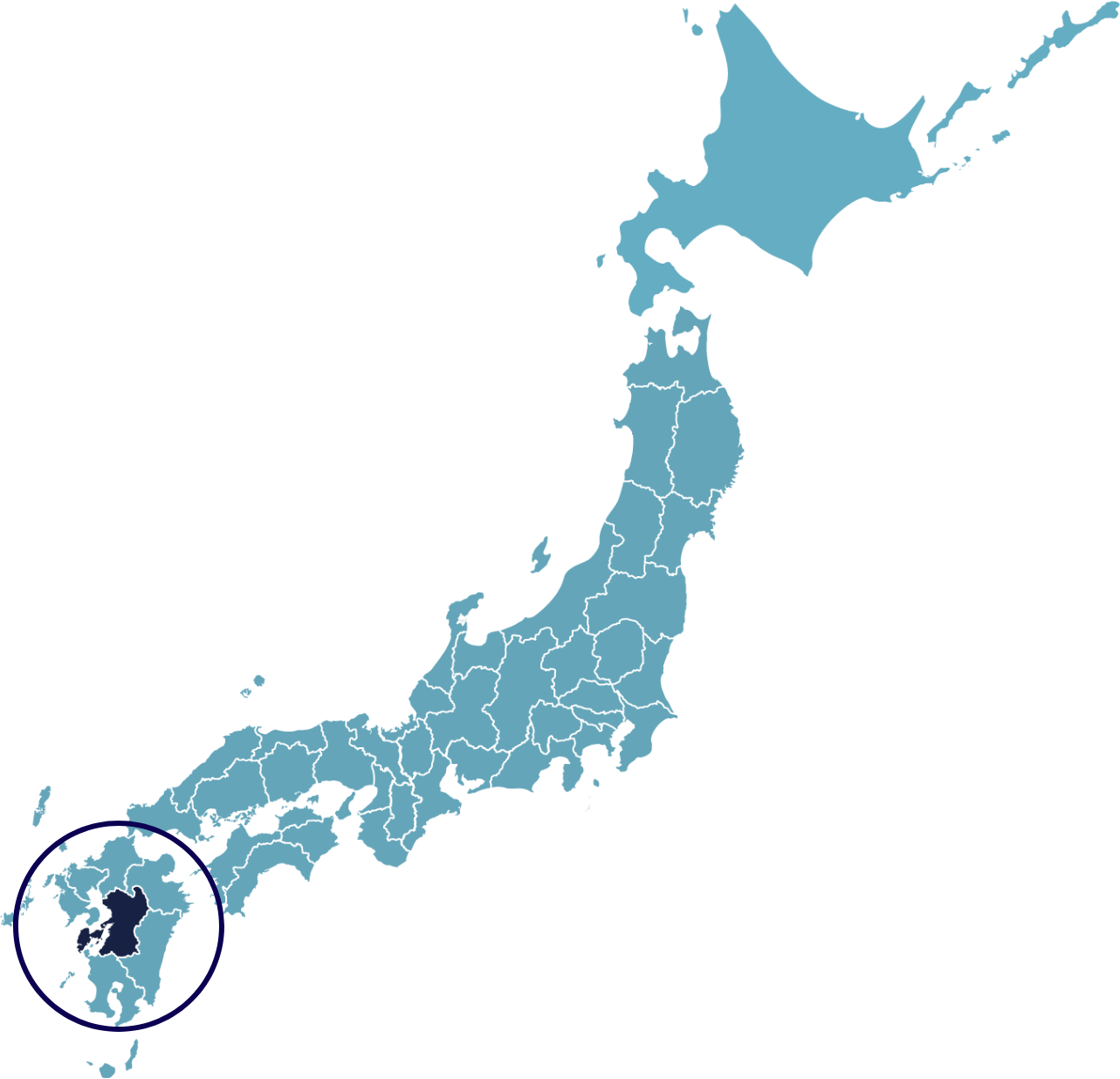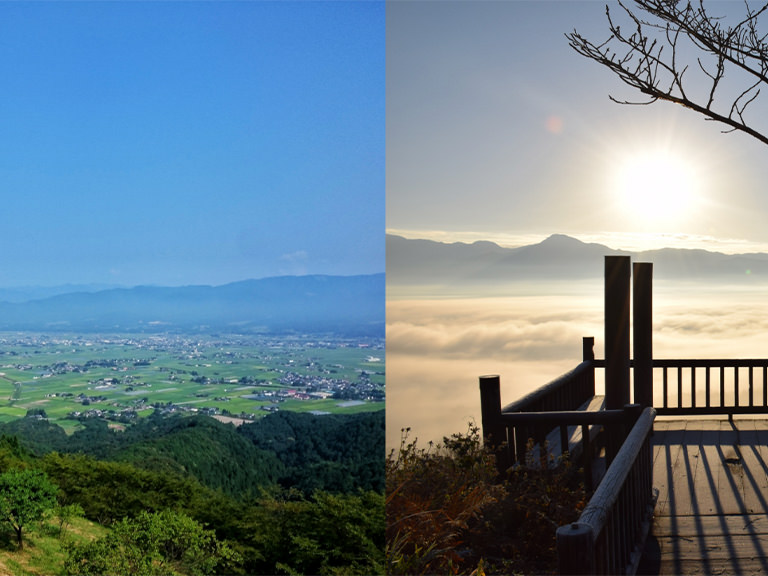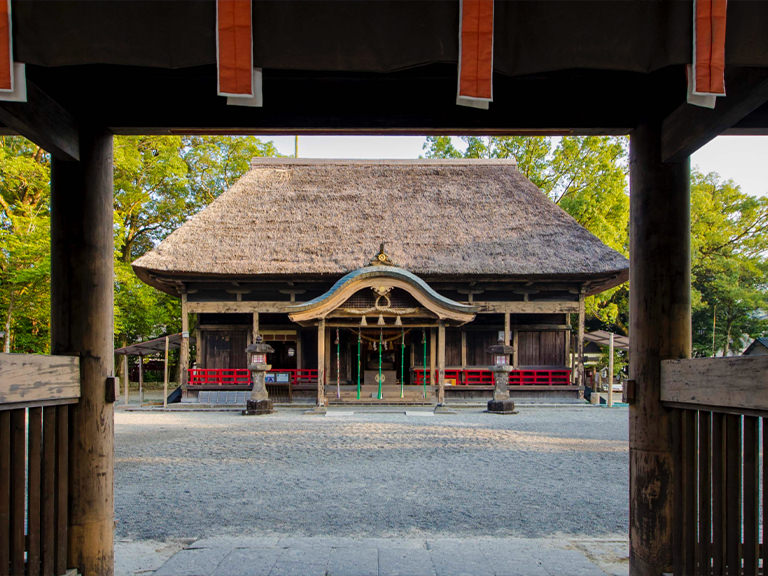Hitoyoshi Kuma, located in the Hitoyoshi Basin and surrounded by the Kyushu Mountains, has been known as one of the richest hidden villages in Japan for more than 700 years. Its history spans from the end of the 12th century in the early Kamakura period to the Meiji Restoration in the late 19th century. The people of Hitoyoshi Kuma were ruled without military force, and many shrines and temples survive to this day, undestroyed by opposing forces or acts of nature.
In July 2020, a once-in-a-century torrential rain disaster caused extensive damage to lodging and tourist facilities, but the area has been reborn under the themes of "wellness" and "sustainability".
Under the slogan of "Reborn", visitors will be able to experience cultural richness through special experiences in Hitoyoshi Kuma.

We use locally produced and seasonally available sustainable ingredients, including world-class specialty products from nature's bounty.
In order to accommodate all food allergies and preferences, we are also working toward offering a more diverse menu and developing Halal and vegan offerings that take advantage of the Kawabe River and the temperature differences of the basin. The Kawabe River has boasted the highest water quality in Japan for 13 consecutive years.

Narita Airport→Kagoshima Airport:Approx. 130 min. by air
Kagoshima Airport→ Hitoyoshi Interchange:Approx. 60 min. by car
Haneda Airport→Kagoshima Airport: Approx. 120 min. by air
Kagoshima Airport → Hitoyoshi Interchange:Approx. 60 min. by car
Kansai International Airport→Kagoshima Airport:Approx. 70 min. by air
Kagoshima Airport→Hitoyoshi Interchange:Approx. 60 min. by car
Fukuoka Airport→ Hitoyoshi Interchange:Approx. 110 min. by Shinkansen and local train
Kagoshima Airport → Hitoyoshi Interchange:Approx. about 50 minutes by car.
Wellness experiences in Hitoyoshi Kuma that allow the visitor to expand their cultural knowledge and rejuvinate their soul.

Surrounded by the Kyushu Mountains, Hitoyoshi Kuma boasts a wide range of temperatures throughout the year, and each season can be enjoyed in a different way. At the 1000-year-old cedar trees on Ichifusa Mountain, visitors can enjoy trekking, yoga, cycling, and forest therapy while admiring the beautiful scenery, providing an opportunity to rejuvinate both body and soul.
In addition, the torrential rain disaster, which is said to occur only once every 100 years, has had something positive come out of it. The entire city will once again promote the creation of a prosperous community with a view to the SDGs, including addressing global environmental issues.

Hitoyoshi Kuma's Japanese Heritage, recognized by the Agency for Cultural Affairs, consists of 57 cultural properties, the largest number in Japan.
The conservative and enterprising culture brought about by the 700-year rule of the Sagara family has been carefully preserved through the reconstruction of shrines, temples, and Buddhist statues that have been deeply revered in the region since ancient times.